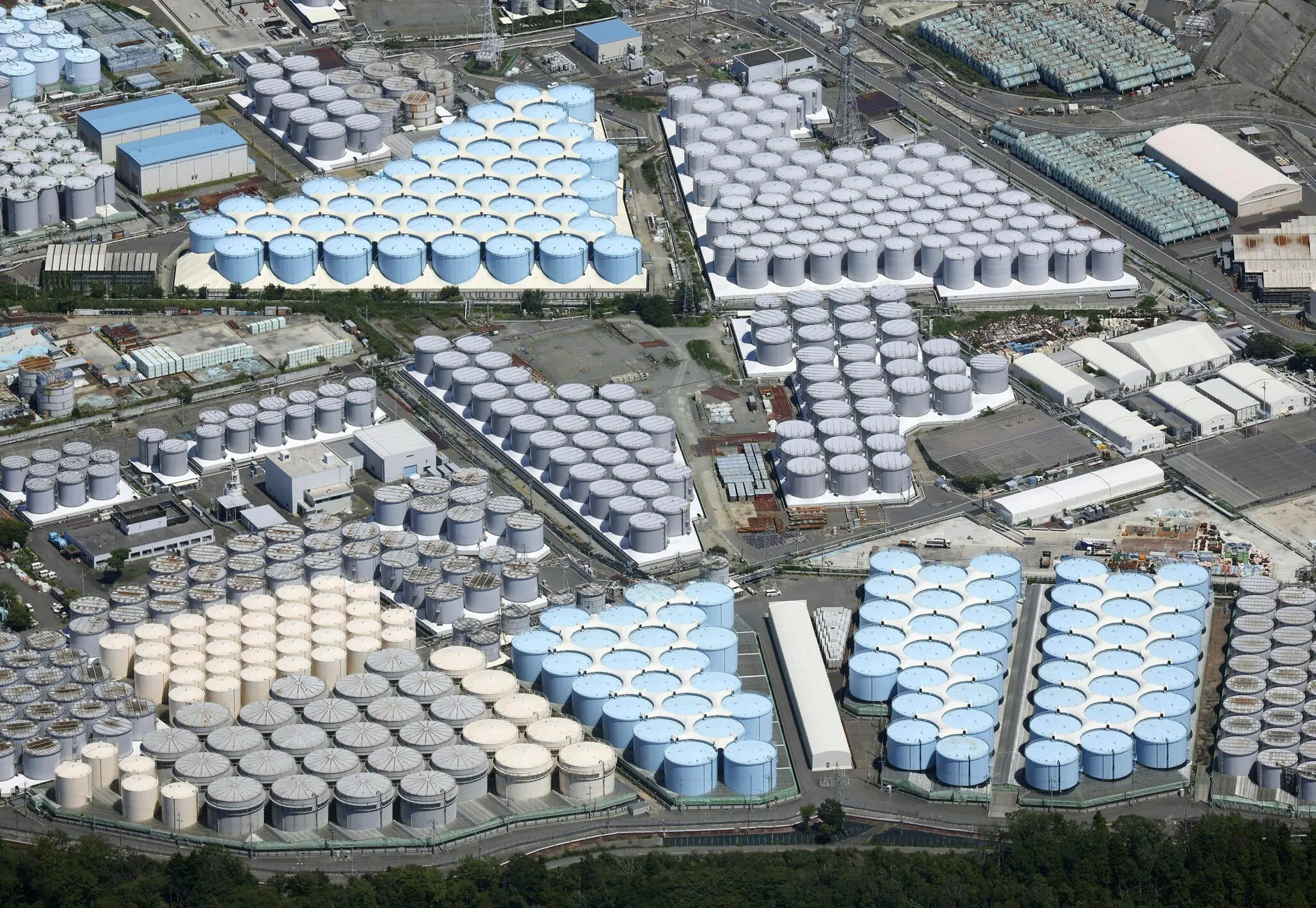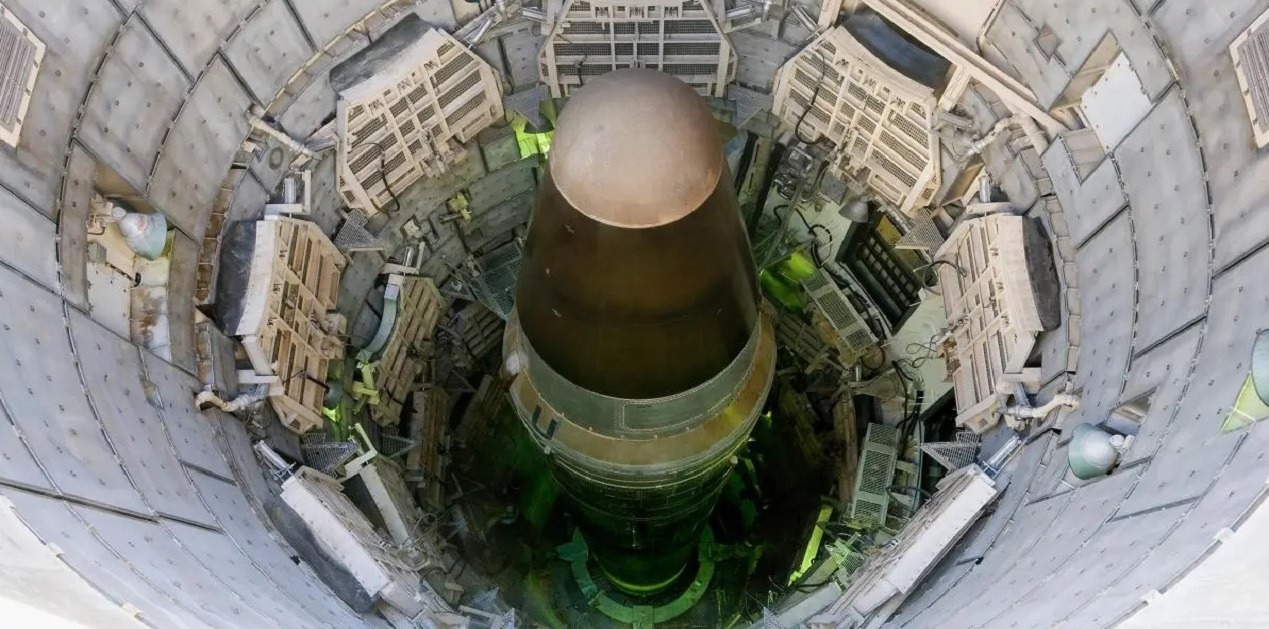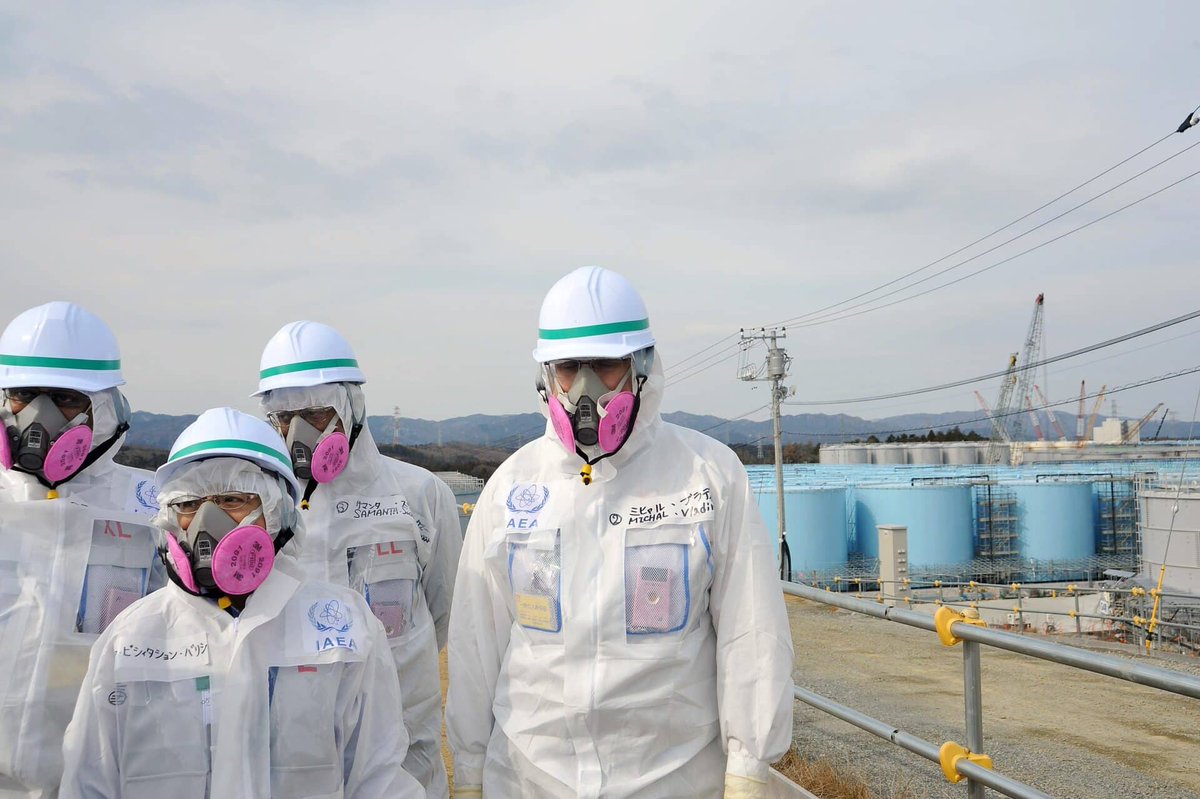China’s Disinformation Fuels Anger Over Fukushima Water Release
THE NEW YORK TIMES
APLN member Tong Zhao was quoted in the New York Times, where he commented on China’s disinformation about the safety of the Fukushima water release. He expressed concern that the widening perception and information gap may lead China to feel more justified in explicitly challenging existing international narratives, institutions, and orders. The original post can be found on the New York Times website here.
By exaggerating the risks from Japan’s discharge of treated wastewater, Beijing hopes to cast Japan and its allies as conspirators in malfeasance, analysts say.
In Guangdong Province, on China’s southern coast, a woman posted a photo of a boxed-up Japanese-brand air-conditioner that she planned to return in protest. In southwest China, the owner of a Japanese pub posted a video of himself ripping down anime posters and smashing bottles, saying he planned to reopen the business as a Chinese bistro.
In many social media posts like these, the phrase “nuclear-contaminated wastewater” has appeared — the same wording used by the Chinese government and state media to refer to Japan’s release into the ocean of treated radioactive water from the ruined Fukushima Daiichi nuclear power plant.
Even before Japan started pumping out the first tranche of more than a million tons of wastewater last week, China had mounted a coordinated campaign to spread disinformation about the safety of the release, stirring up anger and fear among millions of Chinese.
The water discharge, 12 years after the nuclear plant was wrecked by a massive earthquake and tsunami, spurred China to fall back on its old playbook of fomenting diplomatic mayhem with its Asian rival. In 2012, Chinese demonstrators, apparently escorted by the police, attacked sushi restaurants after Japanese activists landed on an island that both China and Japan claim as their own.
But, this time, Beijing may have a broader agenda. As the global order has shifted drastically, with China and the United States increasingly seeming to divvy up the world into an us-versus-them framework, experts say China is seeking to sow doubts about Japan’s credibility and cast its allies as conspirators in malfeasance.
With the United States, the European Union and Australia all supporting Japan’s water release, China wants to project a narrative that Japan and its international partners are “so driven and dominated by geopolitical interests that they are waiting to compromise basic ethical standards and international norms and ignore science,” said Tong Zhao, a senior fellow in the nuclear policy program at the Carnegie Endowment for International Peace.
“My concern,” Mr. Zhao added, “is this widening perception and information gap is going to make China feel more justified to explicitly challenge existing international narratives, institutions and order.”
Scientists, including Chinese experts invited to serve on a task force by the International Atomic Energy Agency, have said that Japan’s water release would have a very low effect on human health or the environment.
Yet last week, China’s foreign ministry denounced Japan’s release of “nuclear-contaminated water” and suspended imports of Japanese seafood, after months of condemnations by the Chinese government and its media affiliates over Japan’s discharge plan.
Thousands of callers from China’s country code bombarded municipal offices in Tokyo, more than 150 miles from the Fukushima plant, with harassing messages, yelling “You idiot!” or “Why do you release contaminated water?” in broken Japanese.
According to Logically, a tech start-up that helps governments and businesses counter disinformation, social media posts mentioning Fukushima by Chinese state media, officials or pro-China influencers have increased by a factor of 15 since the beginning of the year.
The posts have not necessarily disseminated baldly false information so much as left out crucial details, like the fact that Japan is removing virtually all of the radioactive material before discharging the water. They also do not acknowledge that Chinese nuclear power plants themselves discharge wastewater with much higher levels of radioactive material than the water coming out of Fukushima.
The state-owned China Central Television and China Global Television Network have run paid ads denouncing the water release on Facebook or Instagram in multiple countries and languages, including English, German and Khmer.
The global outreach suggests China is trying to recruit more countries to its side in what has often been likened to a new Cold War. “The main point is not whether seafood coming from Japan is safe,” said Hamsini Hariharan, an expert on China for Logically. “This is part of China’s effort to say the current world order is flawed.”
Chinese information sources have emphasized early failures by the Japanese government and Tokyo Electric Power Company, which operated the Fukushima plant, to report how much of the water had been treated in a powerful filtration system.
According to the power company’s website, just 30 percent of the approximately 1.3 million tons of water in holding tanks at the site has been fully treated to the point that only tritium — an isotope of hydrogen that experts say poses a low risk to human health — remains. The company, known as Tepco, has said it will not release any water before it is fully treated.
In tests taken by several Japanese government agencies and Tepco, the water released starting last week contained scant amounts of tritium, far below the standard set by the World Health Organization. There is more tritium in water being discharged by nuclear power plants in China and in South Korea, where protesters have also condemned the Japanese release.
With a monitoring network that includes the International Atomic Energy Agency and experts from numerous countries, “the international pressure is really high on the government in Japan,” said Kai Vetter, a professor of nuclear engineering at the University of California, Berkeley, who has studied the environmental and social impacts of the Fukushima disaster.
Hirokazu Matsuno, the chief cabinet secretary to Japan’s prime minister, Fumio Kishida, said on Monday that Japan had “made counterarguments many times against information, including contents which are not factual, that have been released from China.”
Part of the challenge for Japan, where the foreign ministry is using the hashtag #LetTheScienceTalk on X, the social media platform formerly known as Twitter, is that the science is difficult for average citizens to comprehend and that people often react emotionally to such events.
“It’s understandable that people worry and are fearful of something they don’t know well,” said Ittaka Kishida, a professor at Aoyama Gakuin University in Tokyo who studies the sociology and history of nuclear physics. “They just have to trust what experts explain, even though they haven’t seen it or can’t confirm it with their own eyes.”
The lack of scientific understanding leaves the door open for disinformation, especially in tightly controlled Chinese information channels. In China, where residents have faced decades of anxiety about food safety, the authorities can tap into that vulnerability to manipulate the public and whip up fears, said Kyle Walter, head of research at Logically.
Still, some critics say Japan has not always helped itself. They have questioned whether Tepco can be trusted to follow through on its commitment to remove most of the radioactive material from the water over the 30 years of the planned discharge. And they say surrounding countries should have been consulted before Japan announced the decision to release the wastewater.
“China is exaggerating the risk because Japan gave them the opportunity to do that,” said Azby Brown, the lead researcher for the environmental monitoring organization Safecast, which has tracked radiation levels in Fukushima since the disaster. Because of the “lack of international consultation” early on, he said, “they should have expected that China and Korea would have justifiable questions to raise.”
In China, there have been flickers of pushback against the government’s propaganda. Liu Su, a science blogger, wrote of a “nationalist narrative” related to Japan’s colonial-era abuses, in which the country is “forever denied genuine forgiveness and any criticism toward Japan is deemed reasonable and just.” He deleted the post from a social media platform after a user reported him to the authorities in Shanghai for “inappropriate speech.”
South Korean officials have sought to debunk some of the outlandish claims circulating on social media.
After a photo showing a patch of discolored water near the Fukushima plant spread widely in South Korea last week, Park Koo-yeon, a government official, described it as fake news, noting that the photo had been taken eight minutes before the discharge even began.
Image: Tanks containing treated wastewater at the Fukushima Daiichi plant.Credit…Kyodo News, via Associated Press




